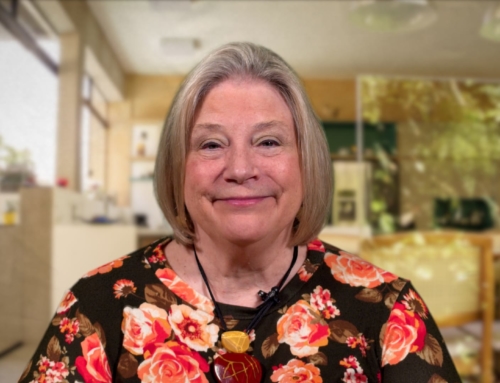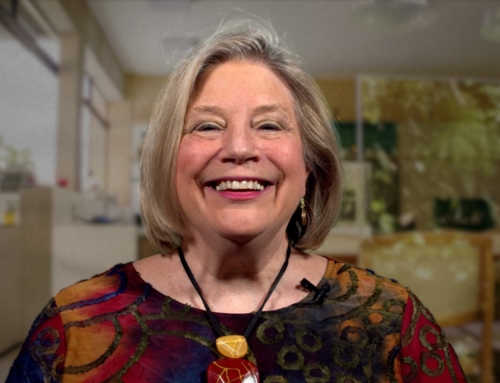Imagine a young boy (we’ll call him John) who one day was told that he was going to a day camp, but instead was dropped off at an orphanage. No warning was provided for this terrible abandonment. The teenage mother had been left by the boy’s father, and without financial resources, simply could not cope.
John originally came to me seeking treatment for panic attacks related to a fear of flying. Unfortunately flying was required weekly for his corporate job.
By tracking his verbal and body responses, I was able to see that the “fear of flying” was really a window into a much more complex history of Disorganized Attachment.
We were able to discover his fear of flying was really connected to an early childhood impulse to jump off a high-rise building when visiting his mother. By creating a safe relational field with containment in our therapy sessions, he was able to process his anger and helplessness related to his abandoning parents, he was gradually free of anxiety medication, and no longer afraid to fly.
He had also developed Obsessive Compulsive Disorder – he used to tap the light switch several times before leaving a room. This disorder may have been a masked attempt to gain control from a childhood with no control. We worked on repairing trust in the therapy sessions, introducing corrective experiences, such as giving voice to his anger towards his parents, and “installing a Competent Protector,” represented by his Grandfather – who had died before he could rescue him – and kind foster parents, emphasizing their caring behaviors.
He was trapped in being the “good boy,” trying not to lose again his attachment figures. Dealing with negative emotions was critical, in an environment that was accepting and containing (element of Secure Attachment).
Once trust was established in the therapy session, his obsessive-compulsive behaviors disappeared. Over time, with a new foundation of Secure Attachment, he was able to repair his relationship with his wife, which was on the brink of divorce. He now gives talks to social work organizations on how to improve services and create a more securely attached environment for their young population.






